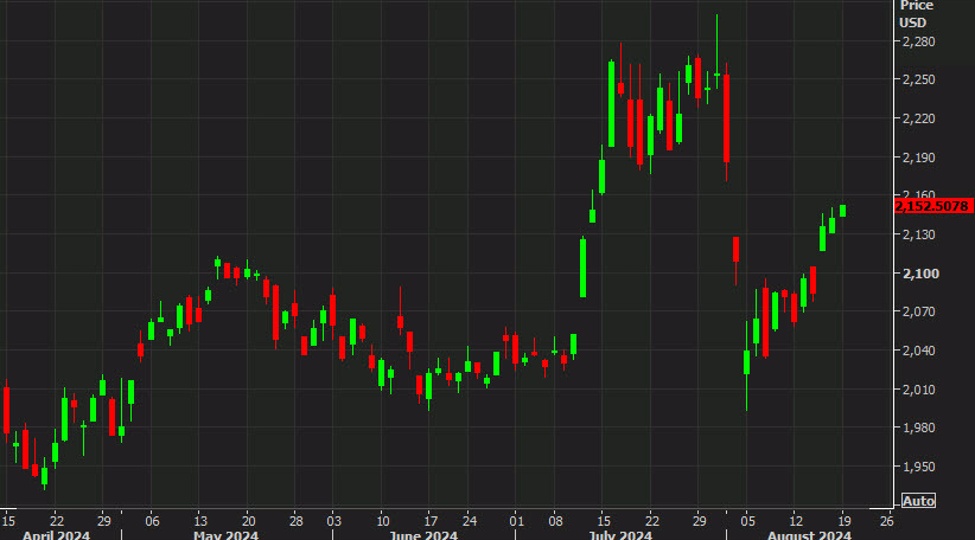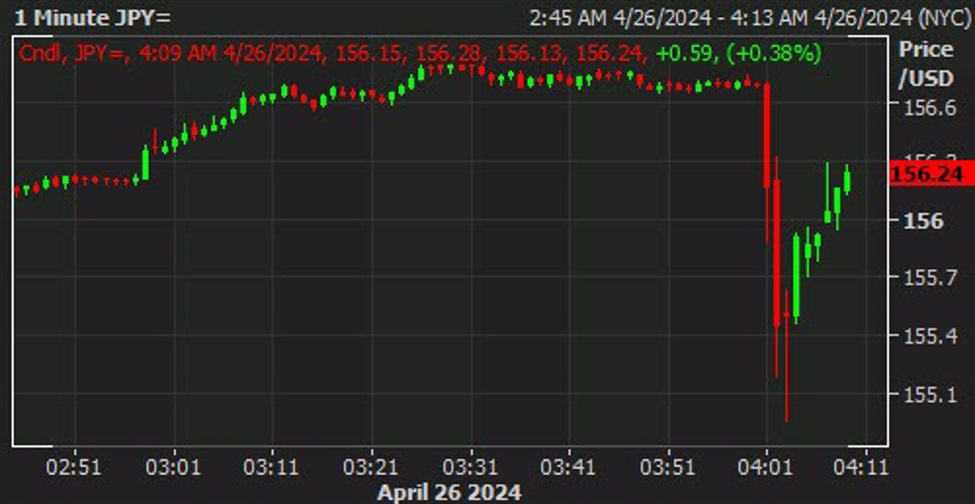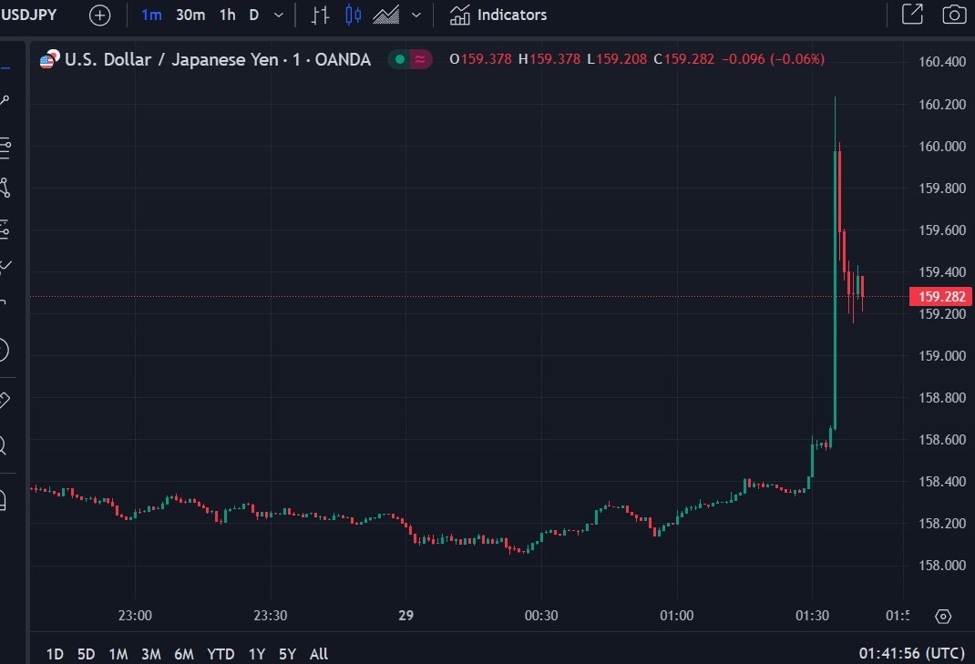This week presents a relatively light calendar in terms of economic events, which is typical for the period following the NFP report. However, there are some very significant events to watch for.
On Tuesday, the U.K. will release the claimant count change, the average earnings index 3m/y and the unemployment rate. These figures will provide insights into the U.K.’s labor market and wage trends.
Wednesday’s focus will be on the U.S., with the release of the CPI data and the FOMC monetary policy announcement. These two events are highly anticipated and could have a substantial impact on the market.
On Thursday, attention will shift to Australia, where the employment change data and the unemployment rate will be released. Meanwhile, in the U.S., we’ll get the PPI m/m and the unemployment rate.
Finally, on Friday, the BoJ will make its monetary policy announcement, a key event for Japan. Additionally, the U.S. will get the preliminary UoM consumer sentiment and preliminary UoM inflation expectations data, providing further insights into consumer outlook and inflation expectations.
In the U.K., the consensus for the claimant count change is to increase from 8.9K to 10.2K. The average earnings index 3m/y is likely to remain at 5.7%, as it was last month, and the unemployment rate is expected to stay unchanged at 4.3%.
Overall, the jobs market data in the U.K. points to a cooling trend. The Monetary Policy Committee (MPC) will closely examine the impact of the 10% increase in the National Living Wage. Analysts from Citi expect this rise to have boosted the private sector regular pay by 1.1% m/m, higher than the MPC’s forecast. However, Citi expects the MPC to remain cautious.
All eyes are on the U.S. CPI figures. The consensus for the m/m data is 0.1%, down from the previous 0.3%, while the y/y CPI is expected to remain steady at 3.4%. For CPI excluding food and energy, the m/m figure is anticipated to grow by 0.3%, while the y/y figure is expected to print 3.5%, slightly down from the prior 3.6%.
Overall, it is anticipated that U.S. CPI will begin to decline in the coming months, although this decline is likely to be gradual. A small decrease in core goods prices is also expected.
Following the latest jobs data, which exceeded expectations, it is anticipated that the Fed will maintain its current monetary policy at this week’s meeting, keeping the federal funds rate at 5.25-5.5%. Policymakers are likely to acknowledge that inflation is slowing but will probably emphasize the need for more data to determine if it will reach the desired 2.0% target.
Analysts at Citi suggest that Fed Chair Jerome Powell might focus on indicators such as job openings, which show that the labor market has rebalanced, as further evidence that inflation will decrease in the coming months. It is anticipated that Powell will deliver a dovish message.
As a reminder, in March, the Fed signaled three rate cuts for 2024 and three for 2025. However, given that inflation remains stubbornly high, it now appears unlikely that the Fed will implement three cuts this year, with two being the more likely scenario.
In Australia, the consensus for the employment change is a decrease from 38.5K to 30.0K, and the unemployment rate is also expected to decline from 4.1% to 4.0%.
The participation rate is likely to remain unchanged at 66.7%. The anticipated drop in the unemployment rate may be attributed to strong employment gains ahead of the winter holiday season and end-of-year financial sales, according to Citi.
Westpac anticipates a higher than expected rise in employment (45K) because of a dynamic that has been increasingly prevalent in recent years where more people than usual are not employed during school holiday months but then get a job the next month.
The expectations for the U.S. Core PPI m/m is 0.3% vs prior 0.5% and for the PPI m/m is 0.2% vs prior 0.5%. Core goods prices have been rising recently and can put pressure on consumer goods prices. However, Citi analysts point out that businesses don’t have as much pricing power as they once had so higher production costs may not necessarily lead to rising consumer prices in CPI.
At this week’s meeting, the BoJ is expected to keep rates unchanged. However, there is a possibility that the Bank will signal its intention to cut Japanese Government Bond (JGB) purchases for the July-September period. While markets are anticipating a rate hike in July, many variables could influence this decision in the coming weeks.
Recently, inflation prints in Japan have been mixed, and the BoJ might prefer to see more comprehensive data on price trends and wage developments before deciding on another rate hike. Economic growth figures will also play a crucial role in this decision and concerns remain regarding wages following the agreements from the spring wage negotiations.
Analysts at Wells Fargo suggest the BoJ could reduce its pace of bond buying to 5 trillion yen per month from the current 6 trillion, as discussions about a possible reduction have been prominent in recent weeks.
This article was written by Gina Constantin at www.forexlive.com.
Source link




